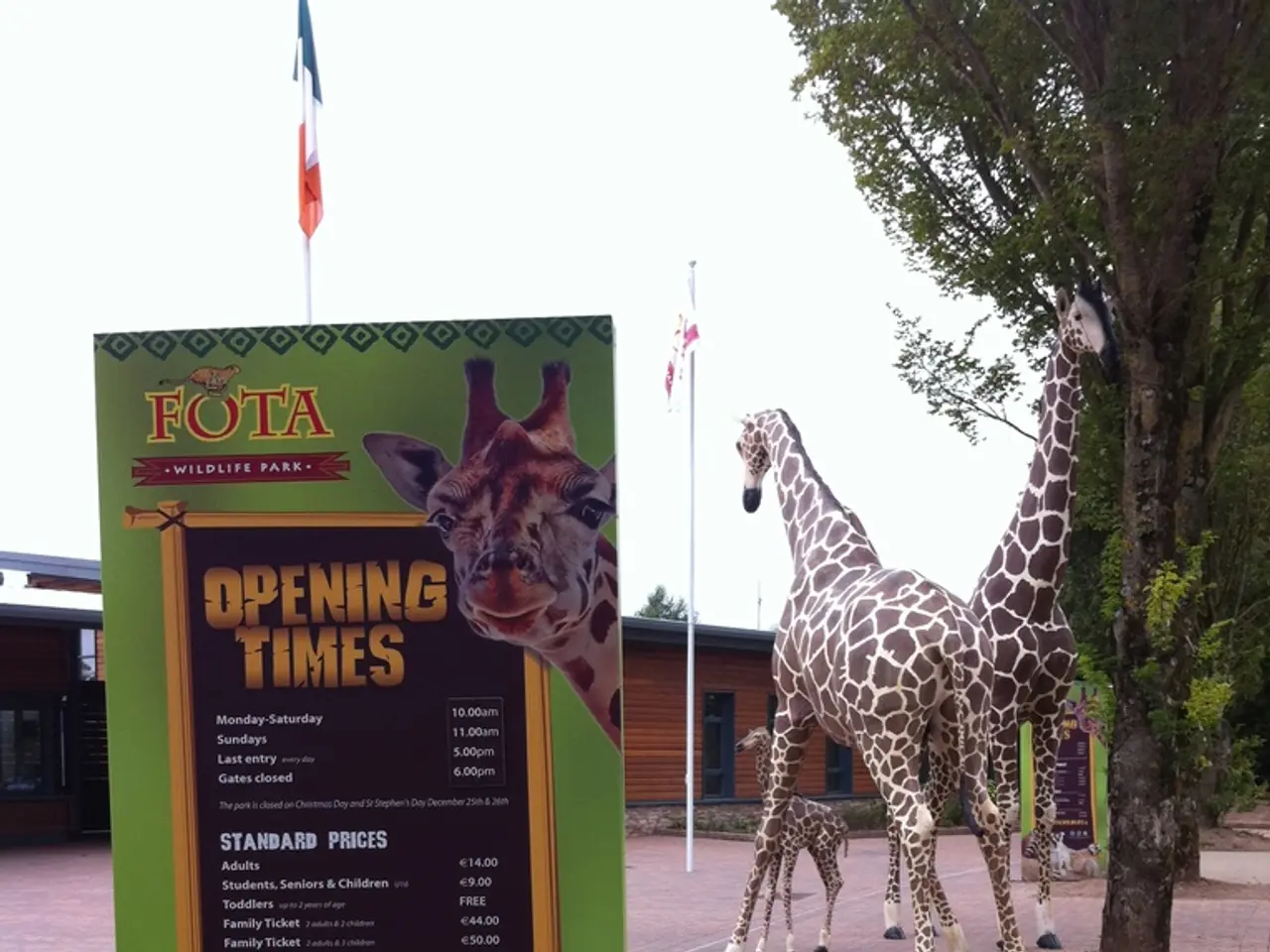"Top Quality Educational Lessons and Engaging Activities for Indigenous Peoples Day Celebration without Cost"
In October 2024, schools across the United States will celebrate Indigenous Peoples Day, marking a shift from Columbus Day. This change reflects a growing recognition of the importance of honouring and learning about Indigenous cultures, histories, and contemporary issues.
Why the U.S. Celebrates Indigenous Peoples Day
The video report "Why the U.S. Celebrates Columbus Day" provides an insightful explanation of the history and mythology behind Columbus Day and its impact on Indigenous peoples. The shift towards Indigenous Peoples Day signifies a move towards a more accurate and respectful representation of the Indigenous communities who have been a vital part of America's past, present, and future.
Effective Lesson Plans for Indigenous Peoples Day
The most effective Indigenous Peoples Day lesson plans for K-12 education focus on fostering deep understanding of Indigenous cultures, histories, and contemporary issues. Key strategies include teaching the meaning of "Indigenous," exploring local tribal history and geography, engaging with Indigenous storytelling and knowledge systems, incorporating STEM learning with Indigenous knowledge, using primary sources and inquiry-based investigations, building relationships with local tribes, and utilising professional development resources.
Specific activities include mapping and researching local tribes' lands and cultures, storytelling sessions based on Indigenous narratives, science lessons on Indigenous astronomy, participation in Indigenous-themed competitions, clubs, and camps, and source investigations on historical events affecting Indigenous peoples.
Resources for Learning About Indigenous Peoples
The Celebrating Indigenous Languages project offers resources for learning about endangered Indigenous languages. The Native Knowledge 360° program provides a wealth of resources for learning about Indigenous peoples. The Zinn Education Project offers resources for teaching a "people's history" approach to Indigenous peoples.
Exploring Indigenous Cultures Through Media
"Coyote Story" is a beautifully animated Chippewa story, spoken in the Ojibwe tradition, accompanied by a haunting score. "Molly of Denali: Grandpa's Drum" is a standards-aligned lesson from the Peabody award-winning PBS animated television series Molly of Denali, focusing on cultural heritage. "The Complete History Of Indigenous America Before Colonialism" is a three-hour long video history of pre-Columbian Native American life, narrated by Indigenous Canadian actor, playwright, and physician Dr. Evan Adams. "This Photo Isn't What It Looks Like" is a video investigating the true meaning of a misunderstood 1916 photograph of Piegan Blackfeet tribe leader Mountain Chief.
Ongoing Controversies and Issues
The article also discusses the ongoing controversy surrounding the use of Native American-related names for sports teams and mascots. The Thirty Meter Telescope (TMT) construction is a source of protest among Native Hawaiians due to its location on sacred ground.
Indigenous Peoples Day: More Than Just a Holiday
Indigenous Peoples Day is not only a day of celebration but also a reminder of the ongoing struggles and triumphs of Indigenous nations and cultures. Indigenous nations and cultures are not only part of America's past, but also a burgeoning population in America's present and future.
Indigenous Voices and Representation
Malinda Maynor Lowery, a Lumbee Tribe member and historian, discusses the movement to recognize Indigenous Peoples Day as an alternative to Columbus Day. Joy Harjo, the first Native American U.S. Poet Laureate, is the force behind the "Living Nations, Living Words" project, which spotlights the voices of 47 contemporary Native American poets.
Exploring Indigenous Territories and Histories
Native Land is an interactive map displaying Indigenous territories, languages, and treaties worldwide. The Whose Land interactive map and lesson plans help explore original Indigenous territories across the Americas, Greenland, and Australia.
Indigenous Peoples Day: A Step Forward
Indigenous Peoples Day is a significant step towards acknowledging and celebrating the rich and diverse cultures of Indigenous peoples. By fostering a deeper understanding of Indigenous histories, cultures, and contemporary issues, we can work towards a more inclusive and respectful society.
- The shift away from Columbus Day towards Indigenous Peoples Day emphasizes the significance of learning and honoring Indigenous cultures, histories, and current affairs.
- For effective K-12 Indigenous Peoples Day lesson plans, focus on fostering comprehensive understanding through strategies like teaching about Indigenous history, local tribal histories, inquiry-based investigations, and interactive media.
- Resources like the Celebrating Indigenous Languages project, Native Knowledge 360°, and the Zinn Education Project are valuable for learning about Indigenous cultures and histories.
- Engage students with multimedia resources such as "Coyote Story," "Molly of Denali: Grandpa's Drum," and 'The Complete History Of Indigenous America Before Colonialism.'
- Many ongoing controversies related to Indigenous peoples include the use of Native American-themed sports team names, mascots, and the TMT construction on sacred Native Hawaiian ground.
- Indigenous Peoples Day is more than just a holiday – it serves as a reminder of the ongoing struggles and triumphs of Indigenous nations and cultures.
- Indigenous voices like Malinda Maynor Lowery and Joy Harjo are instrumental in pushing for better representation and recognition of Indigenous Peoples Day.
- Utilize interactive maps like Native Land and Whose Land to explore Indigenous territories, histories, and cultures, fostering a more inclusive and cognitive education-and-self-development lifestyle in general-news discussions and sports conversations.




